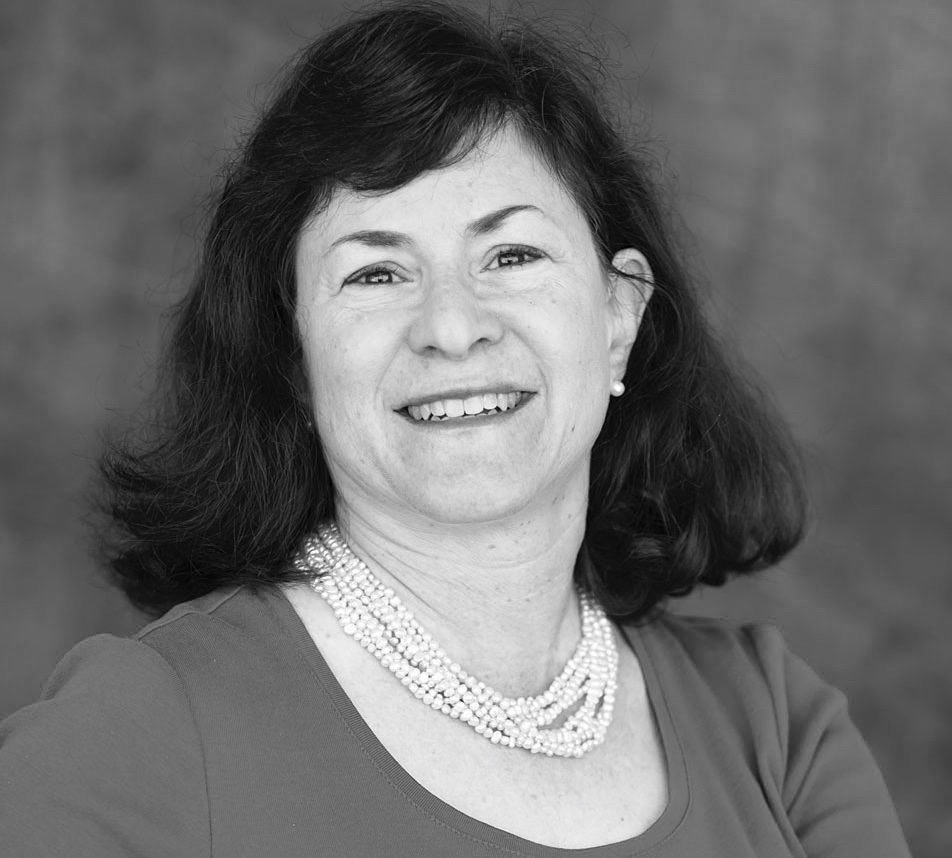What does inclusion mean? Every shul, every minyan, likes to think of themselves as welcoming communities, and being open to all ages, all Jewish backgrounds, and of various cultural backgrounds such Sephardic or Ashkenazi. Increasingly, synagogues have opened their doors and hearts to the LGBT community, and yet the full inclusion of another significant minority, those in our community with a disability, is still in its formative stage.
Its important to note that 20% of all Americans have some form of disability, whether physical, developmental or mental, and for people over the age of 65, that percentage climbs to 40%, mostly with mobility issues, but also challenges with hearing, cognitive difficulty, difficulty bathing or dressing, and serious difficulty seeing.
Since the passage of the American Disabilities Act (ADA) in 1990, we’ve seen a huge change in accommodations of people with disabilities, from requiring all public buildings to have disabled access, to mandates for closed captions on broadcast TV stations. Unfortunately, religious institutions were exempt from the ADA so every synagogue, church and mosque can decide on their own how much access they will or won’t provide.
It starts literally with the front door…can people with physical disabilities who use canes, walkers and wheelchairs easily get in and out of the building? Are there cut outs in the pews for wheelchairs, and not just in the back of the auditorium? Are aisles kept clear, and is there enough space between the rows for someone to maneuver with a walker or wheelchair? Do we have large print siddurim and machorzim available for those who need them? What about having an ASL interpreter during services?
But above and beyond these important technical issues are the more difficult attitudinal issues, namely how do we make visible that those who are largely invisible? This issue was recently addressed most eloquently by Dareen Walker, the President of The Ford Foundation, one of the largest foundations in the United States, created in 1936 by Edsel and Henry Ford. Walker posted a blog on September 12, 2016 titled, “Ignorance is the Enemy Within: On the power of our privilege, and the privilege of our power”
He first talked about encountering the author James Baldwin while in college, and how his essays helped him make sense of his own experience growing up in the rural South during the 1960s, and he finds himself going back, again and again, to Baldwin’s quote that “have returned repeatedly to one of Baldwin’s insights in particular: “Ignorance, allied with power,” he wrote in 1972, “is the most ferocious enemy justice can have.”
Walker then wrote the following:
“Typically, in conversations about race, the word ignorance is associated with outright bigotry—and no doubt the two can be related. Yet in my experience, ignorance remains such a ferocious enemy because of its silent, constant, unacknowledged presence.
I am a black, gay man, so some might assume that I’m especially sensitive to these issues and dynamics. But during the past year I have had to confront my own ignorance and power, and come to terms with the ways I was inadvertently fueling injustice.
Last June, my colleagues and I announced that FordForward (their blueprint for changes in their culture, programs, and assets). I would focus on disrupting inequality. During the weeks that followed, I received more than 1,500 emails in response, mostly congratulatory. And then something happened: I was confronted with feedback that highlighted my own obliviousness.
My friend Micki Edelsohn, founder of a remarkable organization called Homes for Life in Wilmington, Delaware, was the first to note that FordForward made no mention of a huge community: the more than one billion people around the world who live with one form of disability or another, some 80% of them in developing countries. “I applaud you for taking on inequality,” she said. “But when you talk about inequality, how can you not acknowledge people with disabilities?”
Many others reiterated her unsettling message, from former governor Tom Ridge and Carol Glazer, chairman and president, respectively, of the National Organization on Disability, to Jennifer Laszlo Mizrahi, the president of RespectAbility. As a matter of fact, it was Jennifer—now among our most constructive, valued partners—who, in a rather scorching email, called me a hypocrite. I deserved it.
Indeed, those who courageously—and correctly—raised this complicated set of issues pointed out that the Ford Foundation does not have a person with visible disabilities on our leadership team; takes no affirmative effort to hire people with disabilities; does not consider them in our strategy; and does not even provide those with physical disabilities with adequate access to our website, events, social media, or building. Our 50-year-old headquarters is currently not compliant with the Americans with Disabilities Act (ADA)—landmark legislation that celebrated its 26th anniversary this summer. It should go without saying: All of this is at odds with our mission.”
And so on this Yom Kippur 5777, I ask all of us to ponder, Who should be here with us that isn’t here? And how can we make sure they are able to join us next year?”
Gmar Chatima Tova





















 More news and opinions than at a Shabbat dinner, right in your inbox.
More news and opinions than at a Shabbat dinner, right in your inbox.